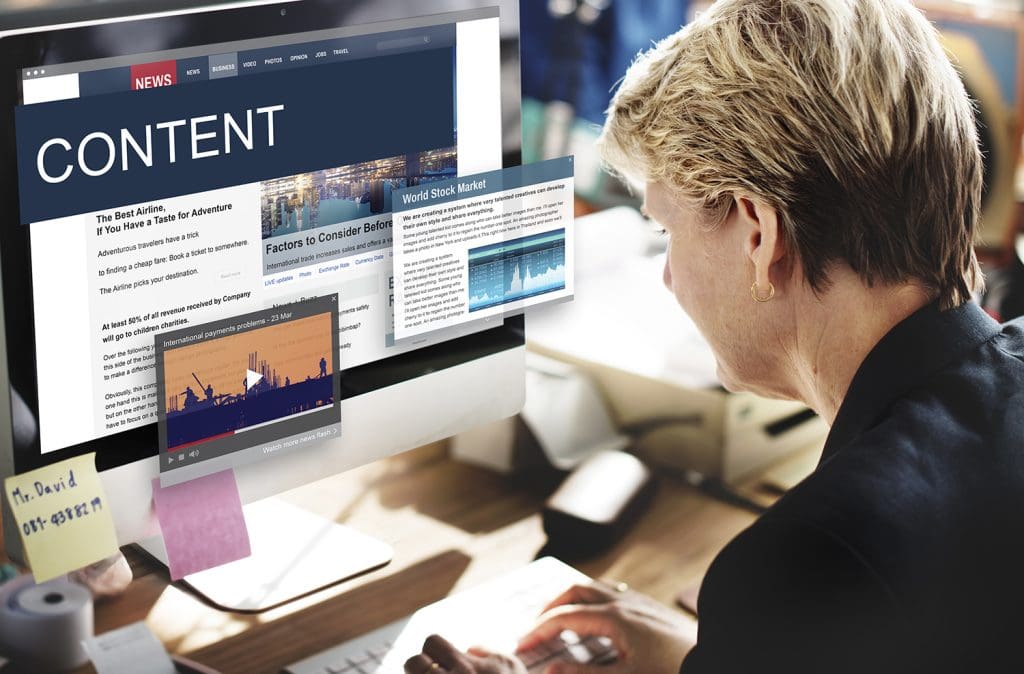Ms. Anki Garg
TGT Computer Science – D.A.V. Public School

If you feel content, you’re satisfied and happy. This word has two main meanings. The first has to do with being pleased and the second means at peace with things. In this context, Content is information that is readable, understandable and relevant, and when any content that exists in the form of digital data, is referred to as Digital content. Digital content is stored on digital or analog storage in specific formats that are digitally broadcasted, streamed or contained in computer files. A digital visual representation of information allows succinct explanation.
What is the significance of publishing content digitally?
Educational institutions and corporate organisations are leaning towards eBooks for training purposes since eBooks are ideally suited to provide readers with an enjoyable learning and reading experience. Other forms of Digital Publishing like Magazines and Research Journals are also expanding on the internet; a great example of this is membership-based research libraries as well as the Online Edition of Magazines and Newspapers.
Digital Content like blogs and articles have also gained a lot of presence on various online platforms. As there has been a great increase in the consumption of electronically published content, there has been a growth in the availability and publishing of electronically published content as well. Content in digital form is affordable; the information is easily accessible anytime and anywhere across geographic locations, has speedy updates and is sustainably environment friendly.
Digital content is also used by Machine Learning technology in social media to allow machines to decide which content is to be shown to which audience. They collect data digitally from users, analyse it, find out their preferences and accordingly show content that holds their interest. This helps to connect people from different geographies, together.
When we use digital content, it’s essential to use digital resources wisely. However, with so many options, how can you choose the one that’s right for you?
When you delve into the internet properly, it’s insane to think just how much content and more importantly, how many different contents ‘types’ are out there.
Internet is now filled with content that is irrelevant and insignificant. With the popularity of access to digital content, arises the need for Media Literacy.
Media Literacy is the ability to think critically about information from newspapers, websites, blogs and social networks in order to determine its validity. It helps to find trustworthy sources of information in their lives. Without it, anything that looks credible becomes credible. It is the media’s influence on shaping perception, beliefs and attitude, and teaches how to separate fact from fiction.
Google created ‘Be Internet Awesome’ to teach kids the basics of digital literacy. On the site, you’ll find Interland, an in-browser game that helps students become more aware of digital safety. Google also has a Be Internet Awesome Curriculum to help teachers in the classroom.
Common Sense Education is one of the best-known digital literacy websites. It’s dedicated to helping young people act responsibly and safely when using technology. They have a large database of content to teach digital literacy to students in grades K-12.
InCtrl is another website with lessons and activities that teach key concepts of digital literacy. InCtrl is highly focused, with the target audience of the lessons for grades 4-8. Each topic area includes videos and lesson plans for corresponding activities. Similar to Be Internet Awesome, the lesson plans from InCtrl tell you the standards they cover.


